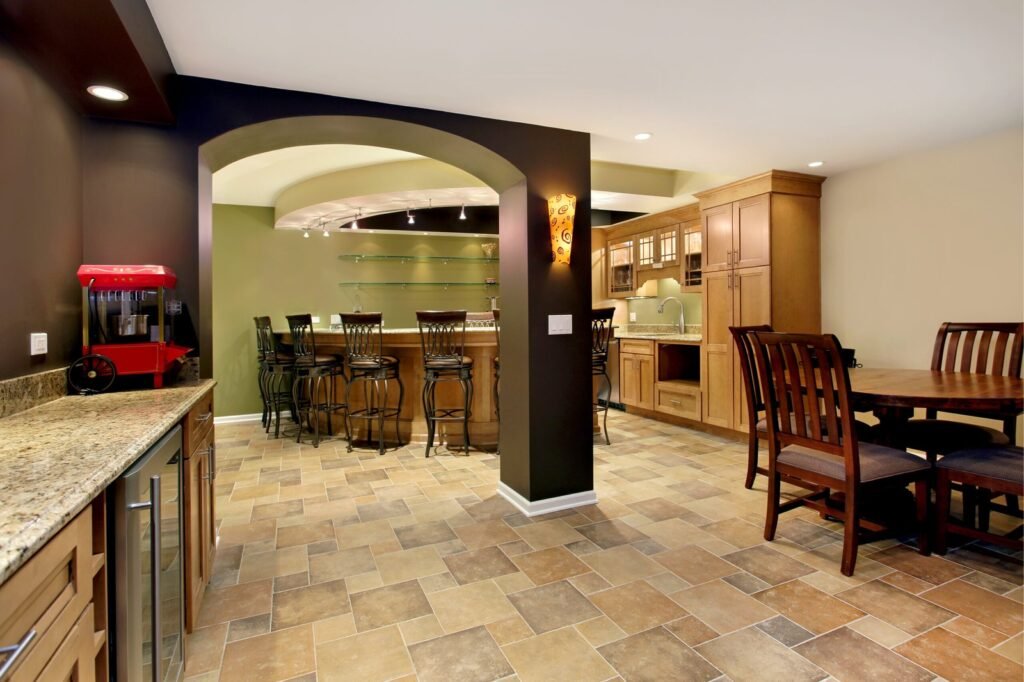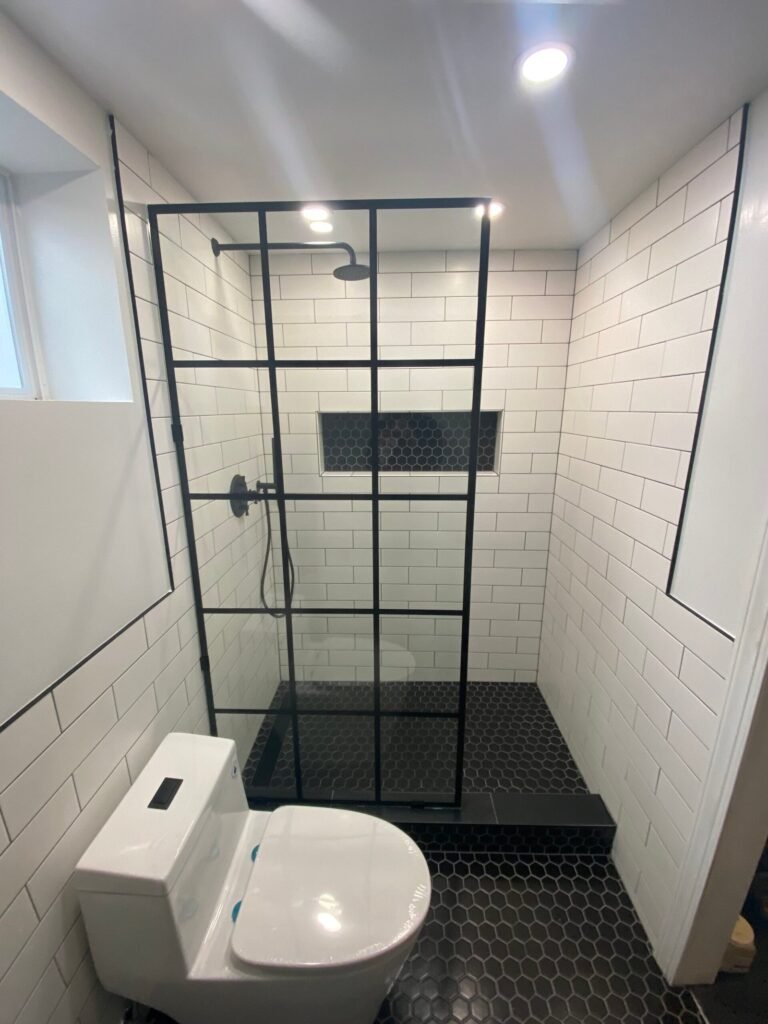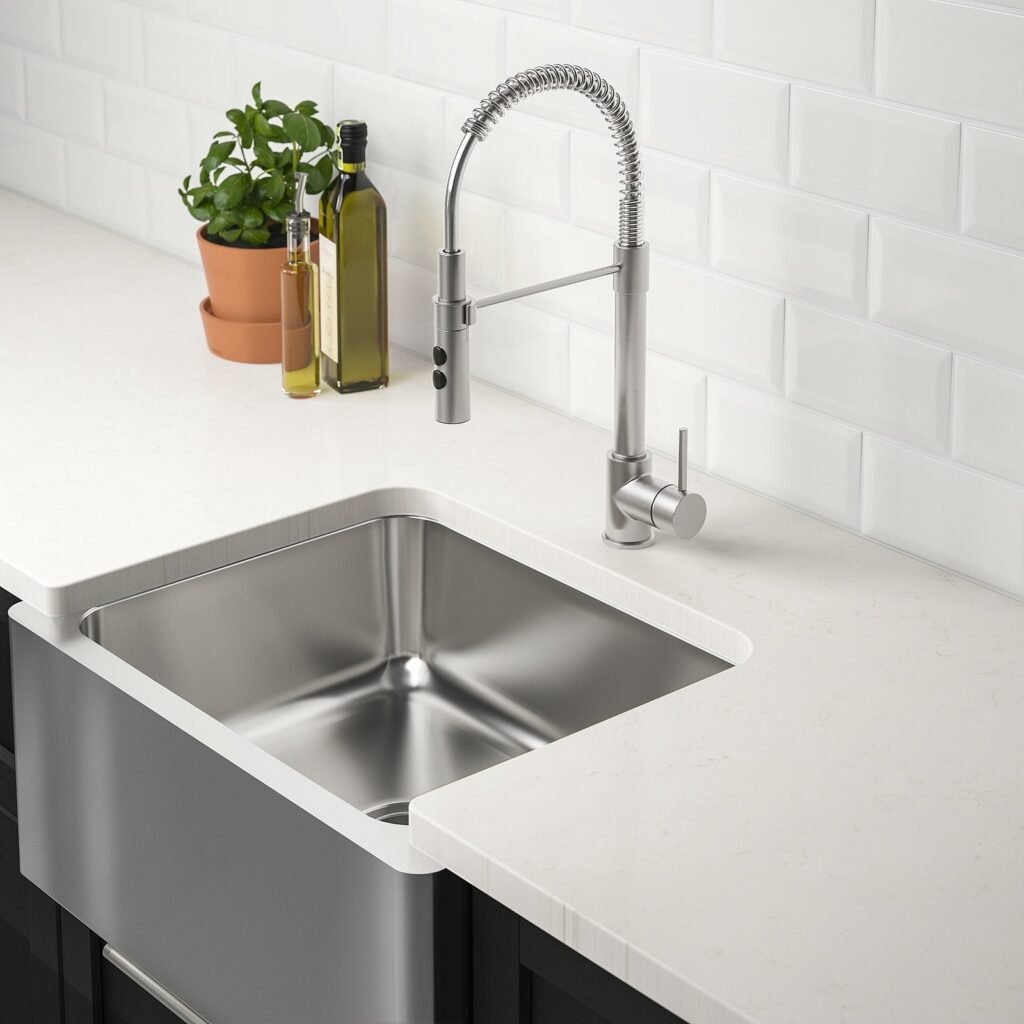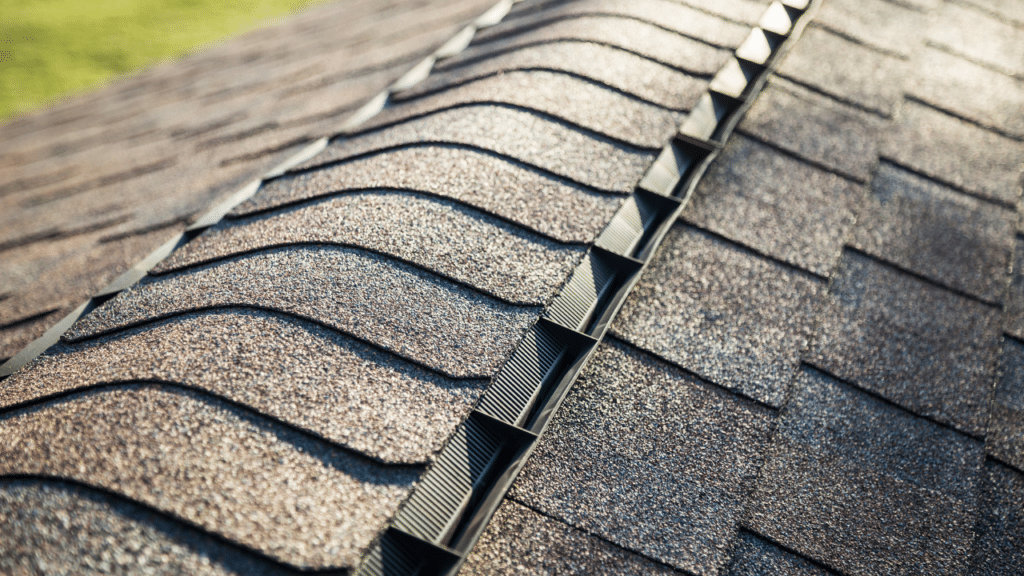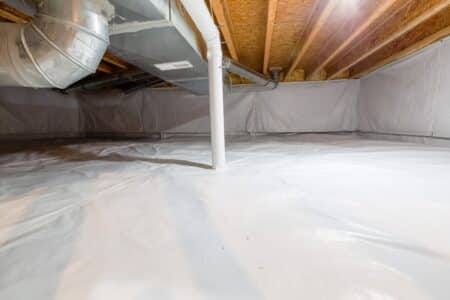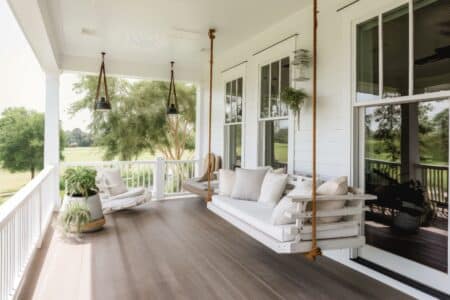Your house needs to breathe – And without proper ventilation, it will not be able to expel air from the roof. It can cause a host of problems, including mold and condensation – especially during the winter months.
Exploring Roof Ridge Venting: Pros and Cons for Your Home
Luckily, most modern homes come with a proper ventilation system, but if you own an old estate, the chances are that it lacks roof ridge Venting. In this case, you have no other choice but to get the ridge roof vent installed to keep up with the changing environment.
However, there are concerns about this type of roof vent. And to ease those concerns, we have compiled a list of roof ridge vent pros cons to help you decide the future of your roof. So without further ado, let’s get on with our list.
Pro: The Roofing Venting Balances the Home Temperature
Commonly, you will find homes that become too hot in the summer and too cold in the winters. However, when you have vents installed on your roof, the warmer air will escape the home naturally – balancing the overall temperature of your home.
Furthermore, the vents’ design allows the colder air from entering during the winter months, securing your home with warmness. In return, the process allows your home to be at a comfortable temperature year-round. It helps you to save some money on your utility bills each month as well.
Con: High ridge roof vent cost
The initial cost remains higher when it comes to roof ridge vents. In fact, if you have an older home, you might need to install soffit vents along with the ridge vents – increasing the overall cost.
While roof ridge vents will work as the exhaust system, the soffit vents will take the task of taking in the air and keep your house temperature optimal. However, with both the protocols, you can expect the cost to go a little higher than expected. Experts say that complete replacement of roof may put you back $1000 or more, depending on the size of your roof and structure.
Pro: The Visual Appeal is Awesome
A roof ridge vent works well with the design of your home. In fact, you can say that it boosts the appeal of your home and maintains its sleek design.
However, the pitch of your structure remains unaffected by this piece of design. You can also install them along every ride of your roof – providing your home with enhanced ventilation. Home with ridge ventilation installed can also expect an increase in their monetary value, thanks to the design element.
Con: They Fail To Provide Proper Ventilation When Compared To Other Types of Roof Vents
Yes, the effect of the roof ridge depends on the energy efficiency of your overall structure. For the best ventilation, your home should have air movements towards the vent. If some areas of the home do not receive circulation, this method will not work as desired.
Some homes also need to have baffles installed for correct ventilation. If you don’t have them installed, the ventilation will not work as intended, and your money will go down the drain.
Pro: Pests Cannot Get Into the Ridge Ventilation
Pests such as squirrels, rats, and raccoons love getting into homes every chance they get. They are not only a nuisance to have but can also carry a wide range of diseases, including food poisoning bacteria in your home.
This is why many people choose to install traps or blockage points in their attic insulation to prevent them from entering the home.
However, the protective element reduces the amount of air movement inside the house and reduces the comfortable temperature that you expect in your home.
Luckily, the ridge roof vent protects your home from all disturbances, thanks to its unique size, shape, and layout. The ridge vent makes it nearly impossible for the rodents to enter your house and, in return – provide you with the necessary ventilation without any risk of damage.
Con: They May Leak Water during Heavy Rains
There is a good chance that some homes may come in the path of storms and leak water from the roof during heavy rains. If you are also in the way of such winds, make sure to inspect your attic every now and then for damages.
Unfortunately, the only way to prevent the problem is to take the ridge vents out and install a more water-tight element on your roof. The problem can worsen if you have insulation installed in your attic, as the dampness caused by them can increase the hurdles faced by homeowners.
Pro: Air Moves Out Naturally Out Of the Attic
With roof ridge vents installed properly, you can expect the hot air to move out of the attic naturally. Because of the changes in air pressure, the inside air will flow through the ridge vest located underneath the cap shingles to escape from the side and into its natural environment.
This way, you will draw in fresher air inside the home and freshen the indoors more effectively.
Con: It May Not Work In Warmer Regions
You may have heard this one before that roof ridge venting doesn’t work too well in areas that boast a warmer climate. Well, it is true, and these types of vent do tend to work better in homes that are in colder climates.
This is because, generally, it is said that the colder the climate of your area, the more your attic can benefit from the use of ventilation.
However, if you live in a warmer region, you can still expect to benefit during the summer months. But yes, there are cheaper and more effective alternatives available for those who reside in warmer areas when compared.
On the other hand, if you do live in a colder environment, then make sure to have rigid insulation in place. This will prevent condensation from forming on your roof and prevent any moisture damage from entering your home.
Pro: It Reduces Indoor Pollution
Around 90 percent of Americans spend their time indoors, where some pollutants are often two to five times higher than the typical outdoor environment. Unfortunately, some homes have indoor air quality that is 100 times worse due to improper ventilation.
We also know that indoor air pollution is ranked as one of the five most dangerous environmental factors we face today. Since the average person spends most of the time inside his home, it is one of the most important factors to tackle.
Thankfully, with ridge vent installation, you can improve the quality of your indoor. This also means that with the help of roof ridge vents, you can reduce the risk of several pollution-related ailments, including asthmas, cogging, sinus, and wheezing.
Con: Must Install on Peaks
Unfortunately, the shape of the roof also impacts the installation of ridge vents. If your home has a flat roof, you will not install these ridges in any way. This is because they need slanted pitches on the roof that are not too steep.
The ridges should also be installed on each location on your roof, and having only one installed – if there are multiple options available will reduce its effectiveness.
Pro: They Work Well Alone
While roof ridge vents do work well when you have soffit vents or box vents installed, you will also find them useful when installed alone.
Even when installed as a standalone ventilation element, the roof ridge venting will release all the moisture from the house, especially during the winter months – reducing the occurrence of mildew and dampness in your home.
Notably, if you live in areas that get high moisture, such as the pacific northwest of the USA or Canada, the roof ridge vents work well in stopping mildew and mold from appearing in your home.
This will also work for homes that have high levels of condensation. If you have lots of condensation on your windows, then you can benefit from this type of roof venting considerably.
Con: Complex Installation
The installation of these vents is not simple – at all and requires proper installation by professional staff. If done incorrectly, you can run the serious risk of damaging your roof. This is because an inexperienced person can cut the ridge gaps too large, allowing the rainwater to seep inside from the attic.
On the other hand, those who cut the gaps too small can hinder airflow, making the element inefficient.
In simple words, you must seek help from a professional who has experience installing these types of roofs to do the work on your behalf. Additionally, this is in no way a DIYer’s task, so avoid trying to do it yourself without proper knowledge.
Pro: Weather Changes Do No Effect Ventilation
When you look at ridge vents vs. roof vents, the ridge products are designed to work year-round – without hindrance, provided that they are installed correctly.
Since they blend well with the roof elements, the weather changes that occur in your region do not affect the efficiency of the ridge vents, and they continue to provide the ideal circulation in and around the house.
Con: Shingled Roofs Work Well
Lastly, the ridge vents may not work on some roofing material types and are ideal for shingle roofs. You can also get them done on tiled roofs, but the price may be a little steeper when it comes to installation.
In any case, consult with a professional before deciding to install the ridge vents in your roof to ensure you have the right type of roofing material to hold the product.
Conclusion
These were just some roof ridge vent pros cons you should consider before having one installed.
Most homeowners don’t give a thought to their roofing construction. However, it is important to prevent damages to your roof and provide your home with comfortable indoor air quality.
And with our list of helpful tips, we are sure you will make the right decision to provide you with adequate home maintenance. Good luck!
